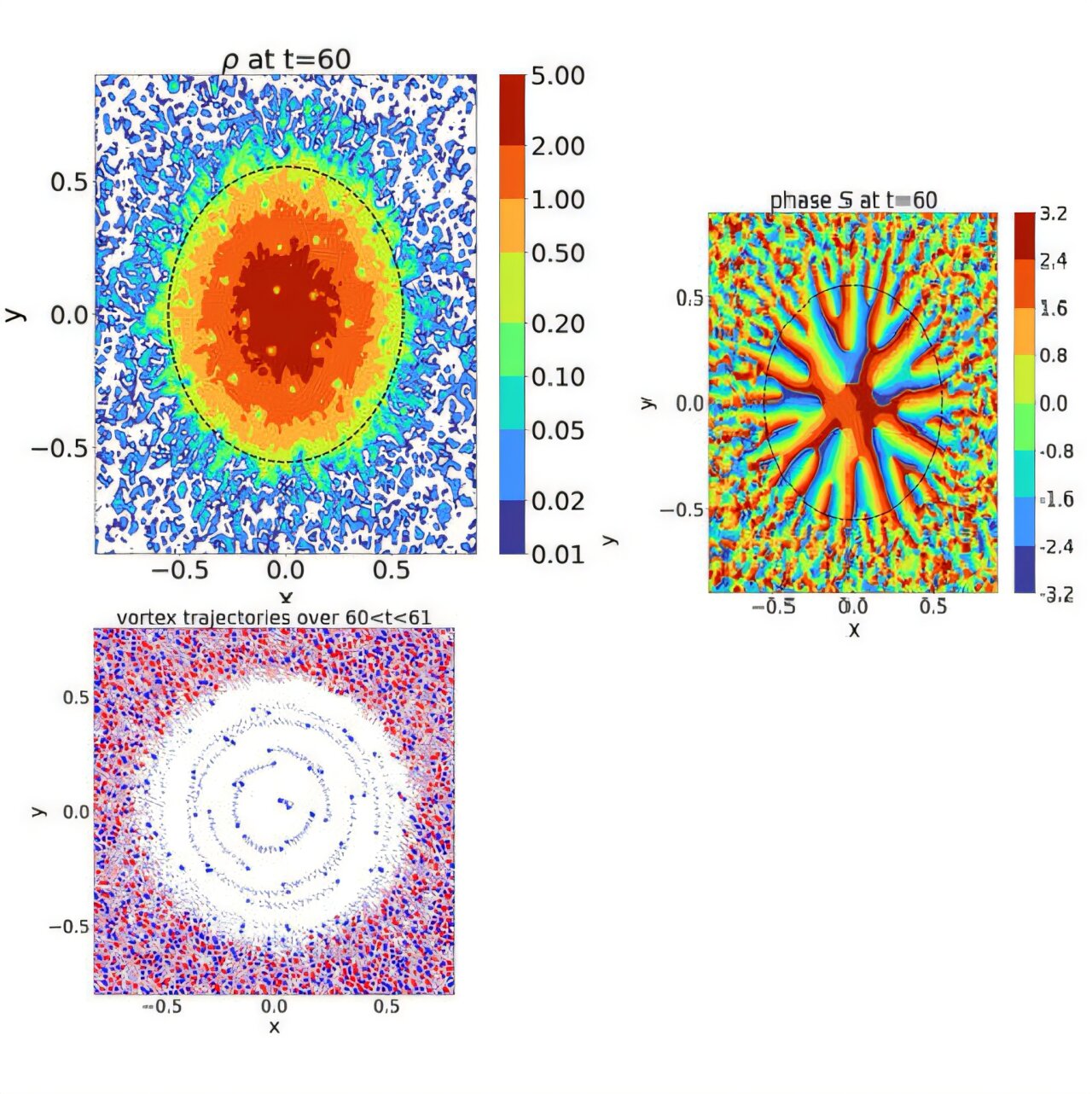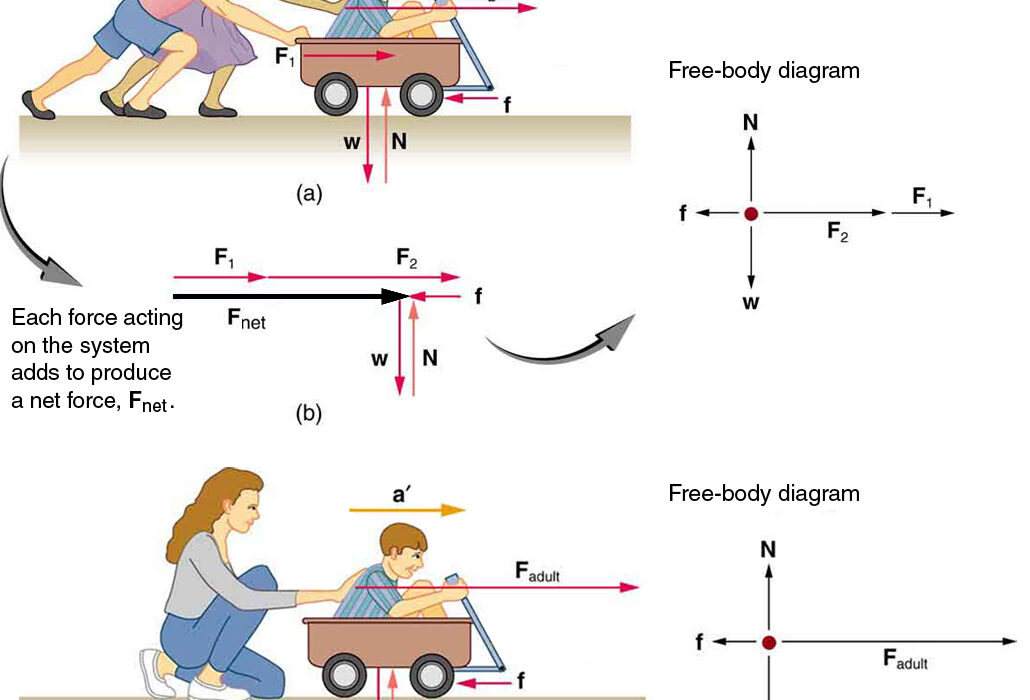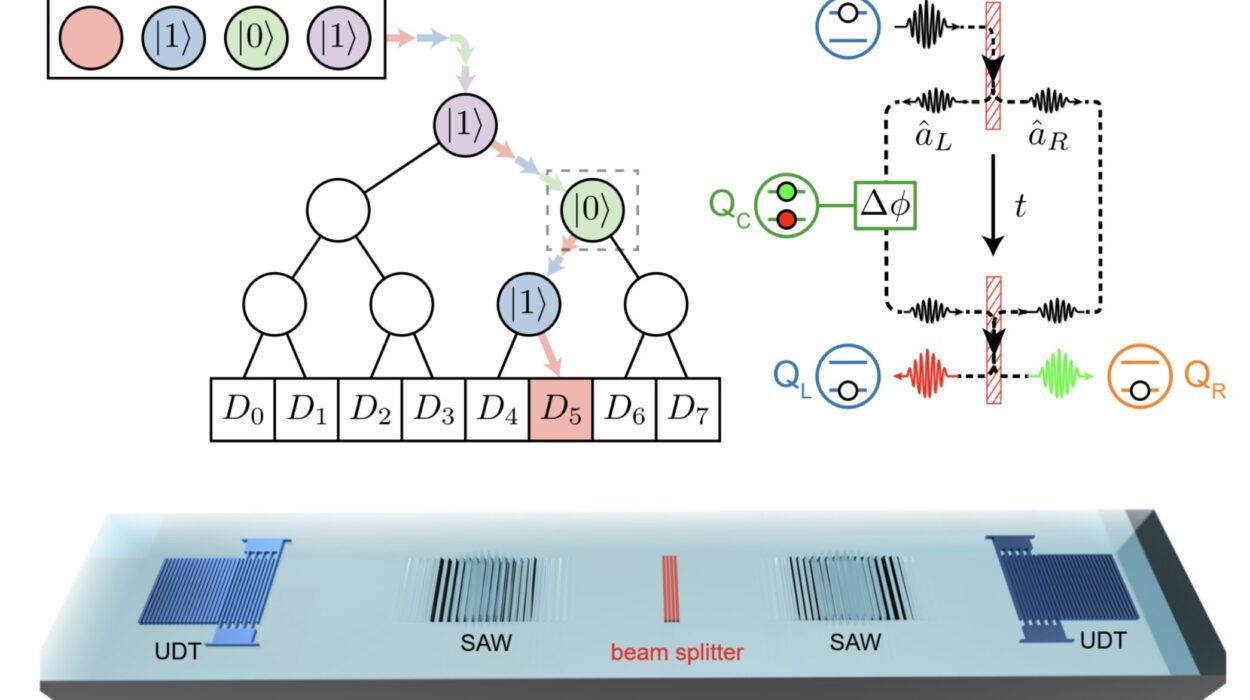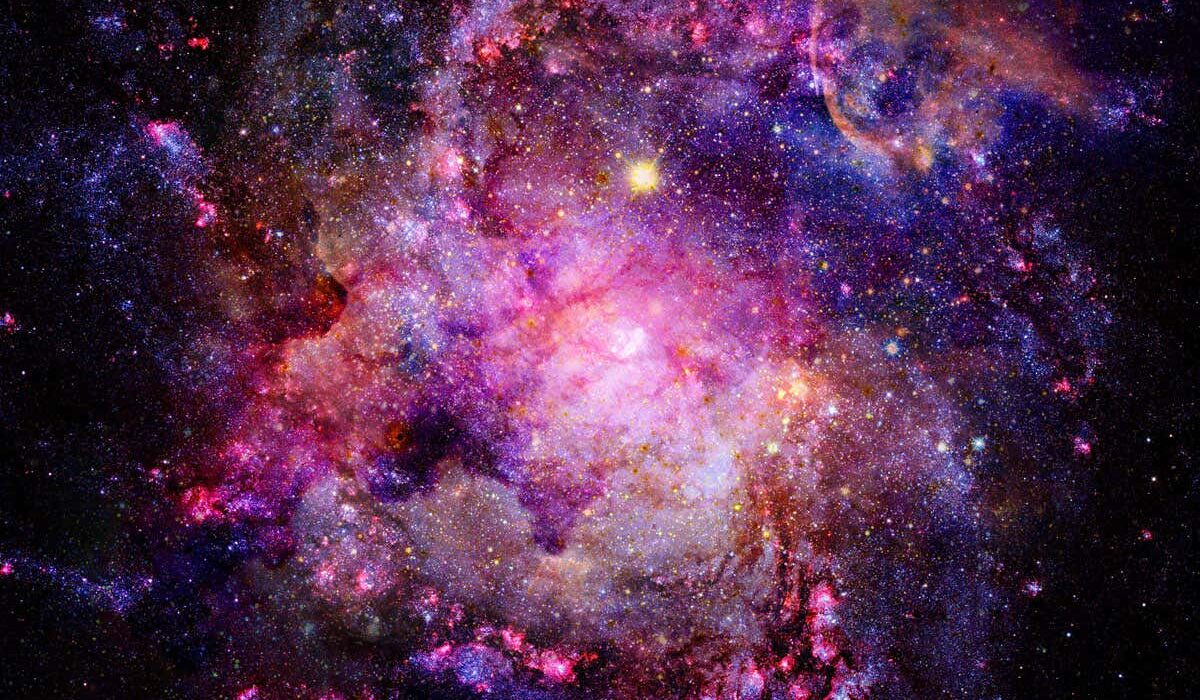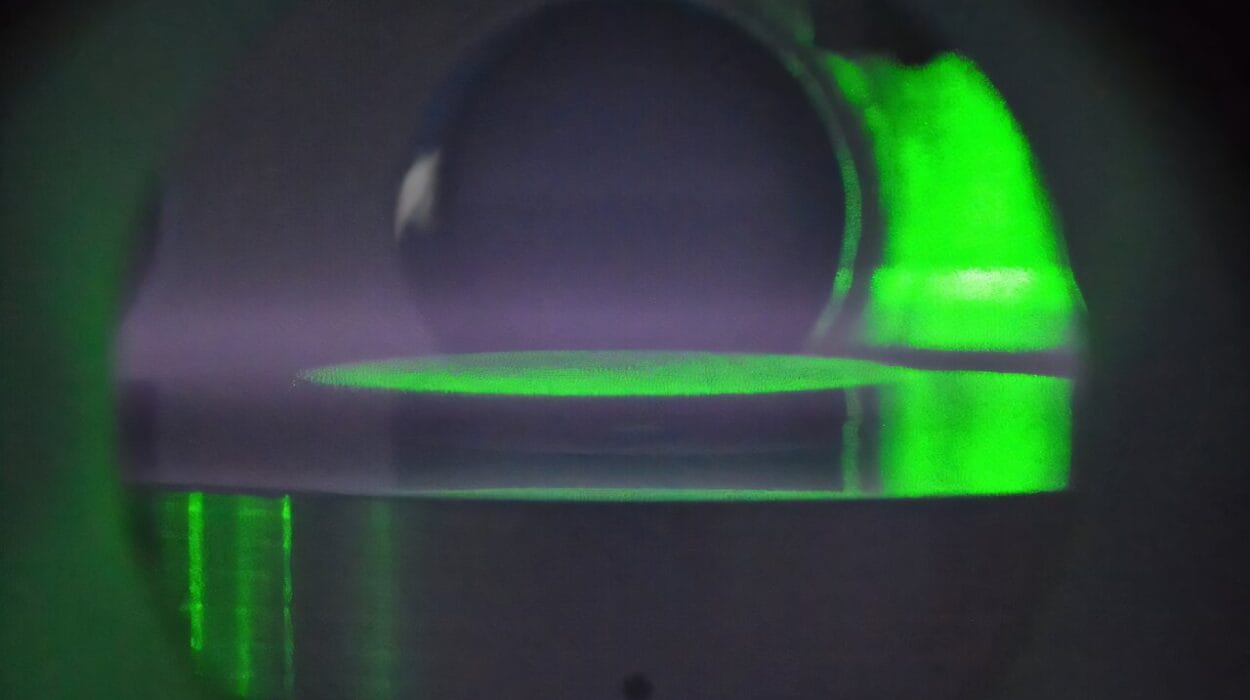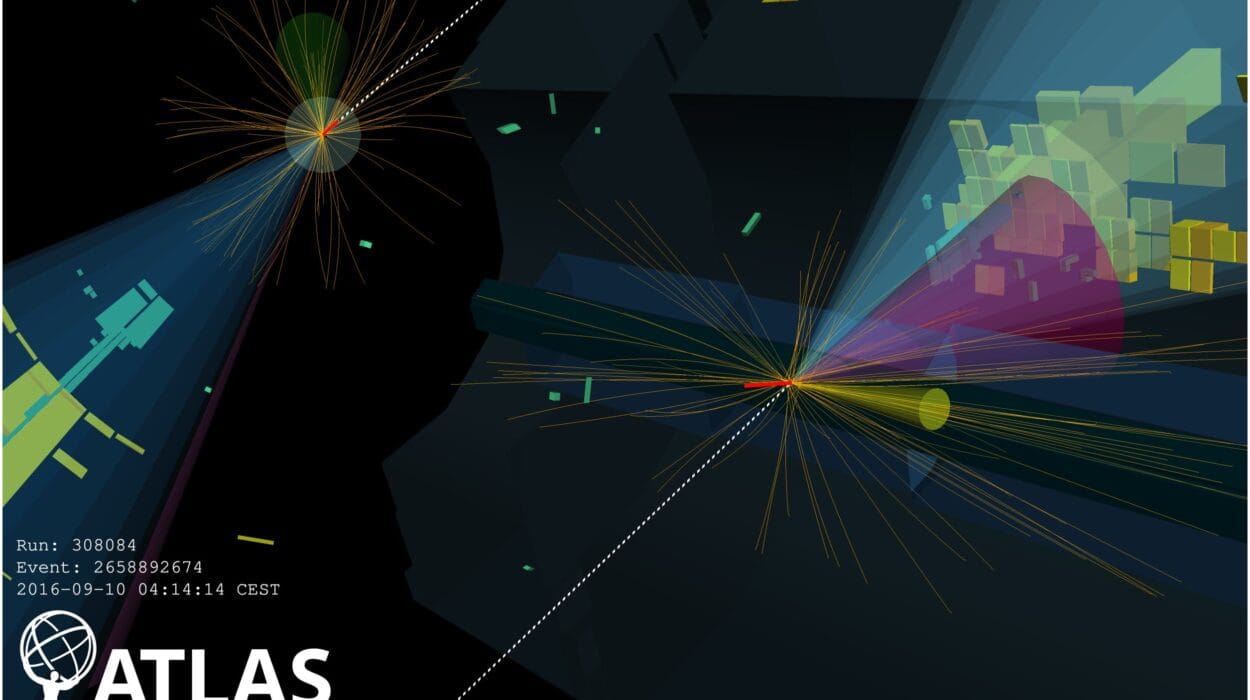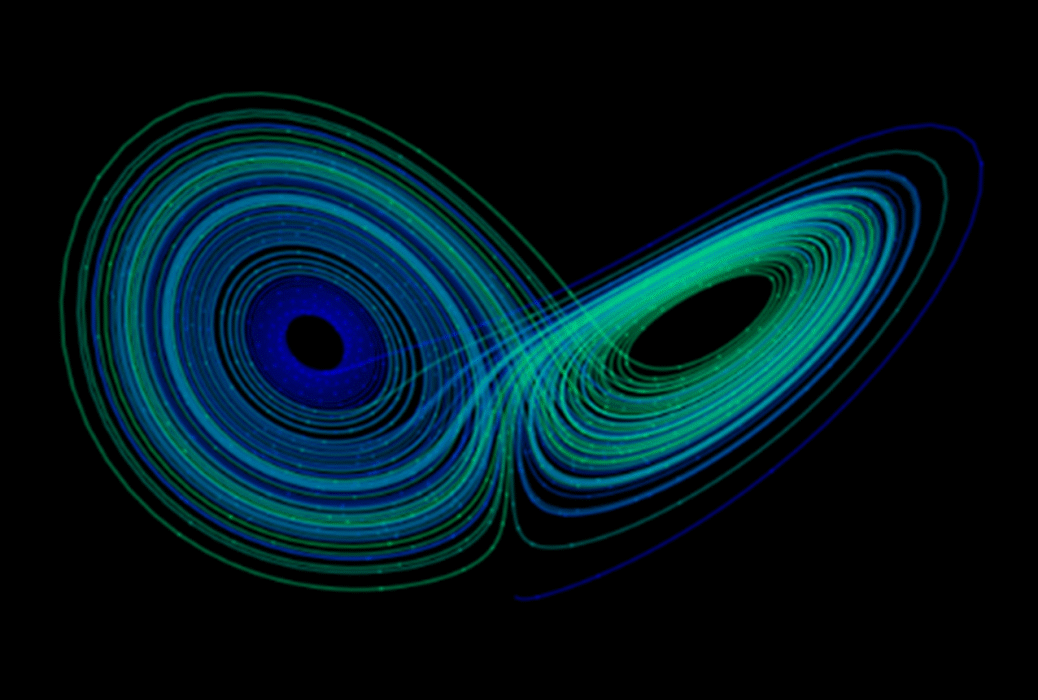The universe we see—the stars, the planets, the glowing clouds of gas—represents only a tiny fraction of all that exists. Astronomers estimate that roughly 85% of the matter in the cosmos is invisible, exerting gravity but emitting no light. This unseen substance is called dark matter, and for nearly a century, it has stood as one of science’s greatest enigmas.
We know dark matter is there because galaxies rotate too fast for their visible mass alone to hold them together. Something invisible, massive, and silent is keeping them from flying apart. Yet despite decades of searching, scientists have never directly detected a single dark matter particle. What is it made of? How does it behave? And why is it so perfectly hidden?
These questions have led to a variety of fascinating theories—and now, an idea so strange and elegant that it almost seems poetic: what if dark matter behaves like a vast cosmic superfluid, rippling and swirling through galaxies like quantum whirlpools of invisible energy?
The Search for a Dark Secret
In the traditional picture, dark matter is “cold” and “collisionless”—a sea of slow-moving particles that barely interact except through gravity. This model, known as Cold Dark Matter (CDM), has been remarkably successful in explaining how galaxies and cosmic structures form. Yet, at smaller scales—inside galaxies, for example—its predictions don’t always match what astronomers observe.
That discrepancy has inspired researchers to explore new ideas. Could dark matter be made not of heavy particles, but of incredibly light, wave-like entities? This leads us into the realm of ultralight axions—hypothetical particles so tiny that their masses might be around (10^{-22}) electronvolts, a trillion trillion times lighter than the proton.
In this “wave dark matter” or “fuzzy dark matter” scenario, dark matter isn’t a swarm of particles at all—it behaves more like a quantum field, spreading and oscillating across vast distances, its behavior governed by the same kind of mathematics that describes atoms at near absolute zero.
When the Universe Becomes a Quantum Playground
This wave-like form of dark matter doesn’t just change the equations—it transforms our picture of the cosmos. In such models, galaxies become arenas of quantum phenomena. Instead of sharp particle collisions, there are undulating density waves, smooth cores instead of cusps, and coherent, ghostly structures at galactic centers called solitons.
A soliton, in simple terms, is a self-sustaining wave—a knot of energy that holds itself together in balance, neither dispersing nor collapsing. In the context of dark matter, it represents a stable, dense core at the center of a galaxy halo, maintained by the delicate interplay of quantum pressure and gravity.
But even more astonishing is what happens when these halos rotate. According to recent studies by Philippe Brax and Patrick Valageas from the Institute of Theoretical Physics, the rotation of ultralight dark matter halos could lead to the birth of enormous cosmic whirlpools—vortices made not of gas or light, but of quantum darkness.
The Birth of Cosmic Vortices
Imagine a galaxy turning slowly in the dark. If its halo of ultralight dark matter behaves like a superfluid—a form of matter where particles move collectively and without friction—then that halo cannot rotate like a rigid body. In superfluids, rotation can only happen through the formation of quantized vortices: tiny whirlpools around which the fluid circulates.
This is not science fiction. In laboratory superfluids and Bose-Einstein condensates, physicists have observed the same phenomenon—microscopic vortices that carry angular momentum in discrete, “quantized” amounts. Now, Brax and Valageas suggest that similar quantum vortices could form on the scale of galaxies, swirling invisibly in the dark matter halos that surround them.
These vortices, described by a non-linear version of the Schrödinger equation known as the Gross-Pitaevskii equation, might arrange themselves into stable, rotating patterns within galactic cores. Just as water in a spinning bucket forms a vortex at its center, a rotating halo of superfluid dark matter could generate a lattice of quantized whirlpools, each one a thread of invisible rotation twisting through the fabric of the cosmos.
The Mathematics of the Invisible
In their research, Brax and Valageas combine analytical theory with computer simulations to explore this exotic behavior. They describe the system as an irrotational fluid—a fluid that cannot spin unless it forms singularities (vortices). Through this mathematical lens, dark matter ceases to be a mere collection of particles; it becomes a quantum fluid obeying the elegant, wave-based rules of the Schrödinger equation.
The vortices that emerge in this model have a fascinating property: their angular momentum is quantized, meaning it comes in specific, discrete units determined by the mass of the dark matter particle. The lighter the particle, the larger the vortex network could be. Over time, these vortices could organize into a stable, rotating configuration, flattening the dark matter core into a shape that mirrors the galaxy’s rotation.
It’s as if the galaxy’s dark heart were spinning in slow motion, not with solid rotation, but with a shimmering quantum dance of invisible currents.
Whispers in the Darkness: Could We Detect Them?
If such vortices truly exist, they might leave subtle fingerprints in the cosmos. Their gravitational influence could slightly distort the motion of stars and gas within galaxies, or alter the shape of galactic cores in ways astronomers could eventually detect.
By studying how galaxies rotate or how light bends as it passes through their halos, researchers might one day spot the signs of these quantum vortices—tiny deviations that betray the presence of an invisible superfluid swirling through space.
Even more tantalizing is the possibility that these vortex lines could be linked to the cosmic web—the vast network of filaments and voids that connects galaxies across the universe. In that sense, the same quantum physics observed in chilled laboratory fluids might echo across millions of light-years, shaping the very architecture of the cosmos.
The Superfluid Universe
The idea of dark matter behaving as a superfluid is deeply compelling. In ordinary matter, superfluidity arises when a substance—like liquid helium or ultracold atoms—is cooled to temperatures near absolute zero, allowing its particles to move in perfect harmony, losing all internal friction.
In the case of the universe, the same principles might emerge on cosmic scales, not from cooling but from the sheer lightness and coherence of ultralight dark matter particles. Their enormous wavelengths could stretch across entire galaxies, allowing them to act collectively as one vast quantum entity.
This would mean the universe itself contains oceans of superfluid darkness—silent, frictionless, and profoundly alien—within which galaxies spin and stars are born.
More information: Philippe Brax et al, 3D vortices and rotating solitons in ultralight dark matter, Physical Review D (2025). DOI: 10.1103/s91m-pldz
Philippe Brax et al, Vortices and rotating solitons in ultralight dark matter, Physical Review D (2025). DOI: 10.1103/physrevd.111.103527
